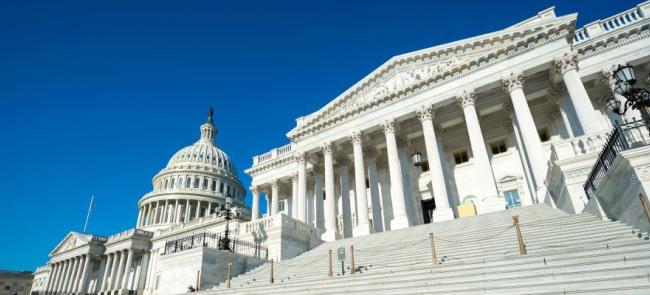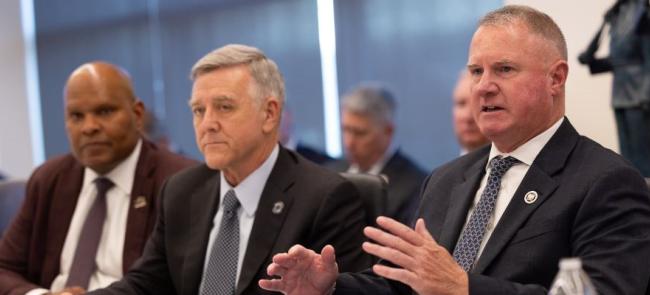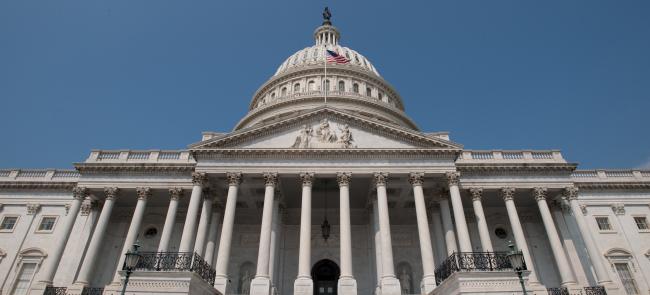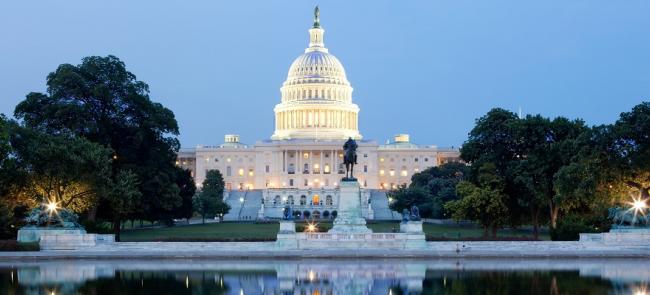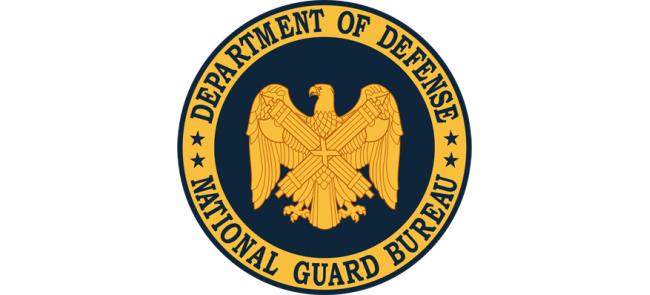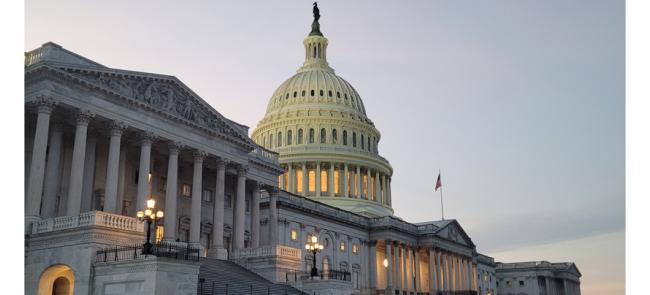
The Defense Department could begin fiscal 2020 and 2021 with its full funding in place under a sweeping budget deal congressional leaders and President Donald Trump announced last night.
The $1.3 trillion agreement for fiscal 2020 may avert what military leaders said was a looming disaster: a stopgap budget that would not only freeze spending and prevent new programs, but also trigger a return to mandatory cuts known as sequestration.
The two year-deal would end the specter of sequestration mandated by the Budget Control Act of 2011, which expires in 2021.
Budget squabbles in Washington that led to enactment of the BCA had forced DoD to begin every fiscal year for a decade until fiscal 2019 with budget uncertainty.
“Anybody who served in business will tell you that steady, predictable funding is the key to success,” Defense Secretary-nominee Mark Esper testified at his Senate confirmation hearing last week. “Because you can manage your workforce, you can organize how you work in ways that are far more efficient than looking at inconsistent and unpredictable funding coming your way.”
Asked on a scale of 1 to 10 how important a deal would be, Esper said “11.”
Under the agreement, the defense topline for fiscal 2020 will be $738 billion, a 3% hike, which is closer to the $733 billion in the House version of the National Defense Authorization Act than the Senate version, which called for $750 billion in defense spending for next year. The president had requested $750 billion.
The defense budget would go up another $2.5 billion in 2021 as part of the deal.
The topline includes the defense base budget, the warfighting Overseas Contingency Operations account and defense spending by government agencies outside DoD, such as nuclear weapons programs under the Department of Energy.
Republican defense leaders in Congress embraced the agreement, despite concern the deal provides less funding for the military than they originally sought.
Sen. Jim Inhofe, R-Okla., the Senate Armed Services Committee chairman, and Rep. Mac Thornberry, R-Texas, the ranking Republican on the House Armed Services Committee, said in separate statements that the agreement provides budget certainty for the Pentagon.
Inhofe said the agreement provides "predictability and much-needed growth to our defense budget."
"We cannot underestimate the incredible benefit of funding our troops on time for the second year in a row, something Congress hasn't done in recent memory," Thornberry said. “By doing so, we will potentially save billions by avoiding wasteful stopgap measures. For those reasons, this agreement has my strong support and I urge all of my colleagues to vote for it.”
Democrats won commensurate increases in non-defense spending as part of the agreement, which also raises the federal debt ceiling for two years. In addition, it adds as much as $1.7 trillion to the debt, according to some estimates.
Senate Minority Leader Chuck Schumer and House Speaker Nancy Pelosi said the deal “will enhance our national security and invest in middle class priorities that advance the health, financial security and well-being of the American people.”
The full House and Senate still must approve the agreement before it can go back to the president for his signature. And it covers only the toplines. Congress still must pass and the president sign 12 separate appropriations bills before end of September.
The task is daunting with lawmakers out most of August on recess.
NGAUS was one of many organizations that urged Congress and the president to find agreement on a fiscal 2020 budget before the fiscal year begins Oct. 1.


